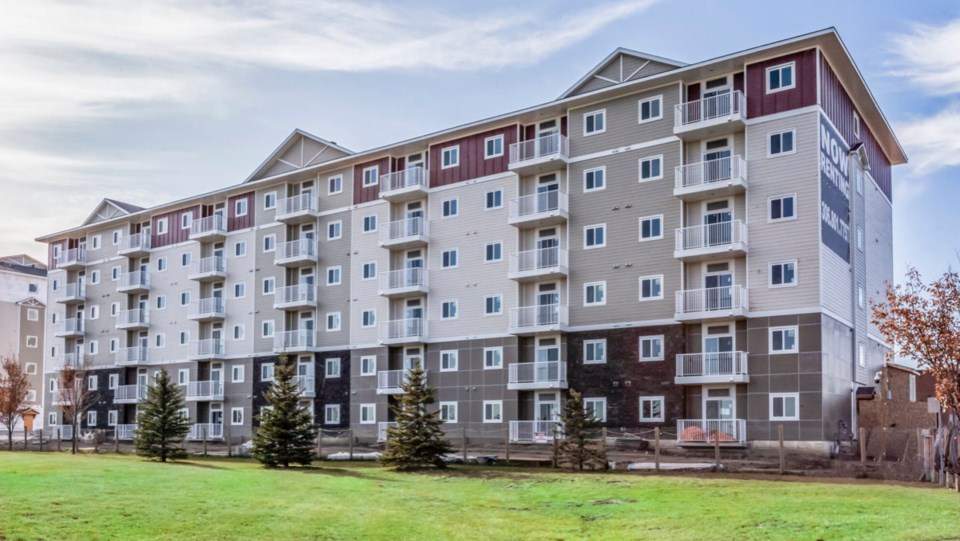Strong population growth combined with steady improvement in Saskatchewan’s key office markets are grounds for optimism among brokers.
“In the last 24 months, there’s only two markets that’ve had positive absorption in the downtown, and that’s Regina and Saskatoon,” said Richard Jankowski, managing director for Colliers Canada in Saskatchewan, reviewing vacancy statistics for office markets across Canada.
Saskatoon has been a particular beneficiary of the improvement, thanks in part to a diversified downtown economy and a mix of tenants that includes big names in the province’s commodities sector, including fertilizer company Nutrien and BHP Billiton, which leased 65,000 square feet last year in tandem with the announcement of plans for its Jansen potash mine.
Downtown vacancies have fallen from 24.2 per cent at the end of 2021 to 18.7 per cent at the end of 2023. The situation further improved in the first quarter of this year, pushing office vacancies across Saskatoon to 12.8 per cent at the end of the first quarter.
It also helps that downtown Saskatoon is home to just 52 per cent of the city’s office inventory, according to Colliers. This means jobs space is spread across the city, which is home to a major research university across the river from downtown that supports a cluster of tech businesses.
Downtown Regina, by contrast, is home to 77 per cent of that city’s office space, with tenancies skewed towards government and financial services.
“The real stable entity in the Regina office market is the provincial and federal government,” said Dale Griesser, an associate broker in the Regina office of Avison Young specializing in office leasing.
While neither government nor the private sector is giving up space, no one is growing their footprint.
“There is no significant new space requirement,” Griesser said. “Year-over-year absorption is approximately 110,000 square feet, which is pretty good, but we’re still at 15.5 per cent vacancy, and it’s going to be a very, very slow walk to decrease vacancy in the near future.”
Griesser hopes Regina will introduce incentives similar to Calgary’s to encourage the removal of obsolete space from the market, ideally through conversion to residential.
With five-year population growth of 4.8 per cent in Regina and 7.6 per cent in Saskatoon, demand for housing is strong.
Canada Mortgage and Housing Corp. reports that vacancies in purpose-built rentals in Saskatoon are just 2 per cent, while private apartment vacancies are even lower at 1.2 per cent. In Regina, both categories report vacancies of 1.4 per cent.
Rents are showing good appreciation as a result, with Rentals.ca reporting a 13 per cent increase in April versus a year ago in Saskatoon to an average of $1,323 a month. Regina reported stronger growth, with rents up 18 per cent to $1,348 a month.
This has supported multifamily investment and development. A three-building portfolio in Saskatoon with 248 units recently sold for $57.5 million, or $231,855 a door. The unusually strong pricing worked out to a cap rate of just over 5 per cent, which Jankowski called “exceptionally low.”
“So far as investment, the multifamily market is still very attractive,” he said.
There is also growing momentum for new industrial space. A pause on speculative construction last year as developers questioned whether tenants would be willing to pay the lease rates construction costs required is ending.
A lack of options, and a narrowing gap between rates for existing and new space are setting the stage for new lease space.
While the average asking rate is $12.12 per square foot, new space is commanding $15 a square foot. But given that the older space remaining isn’t always suited to today’s needs, Jankowski said the $3 difference for new space is a smaller factor than a year ago.
With construction costs easing and financing costs potentially coming down later this year, new construction could be on the horizon.



